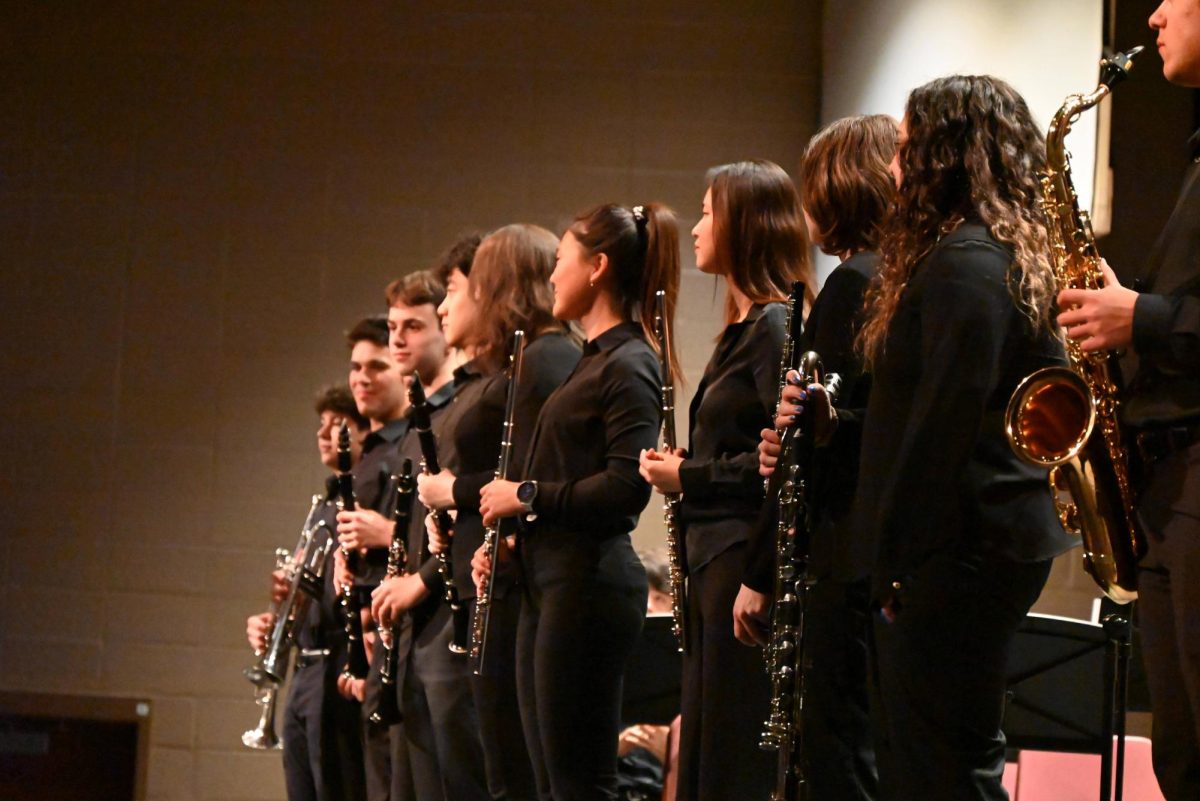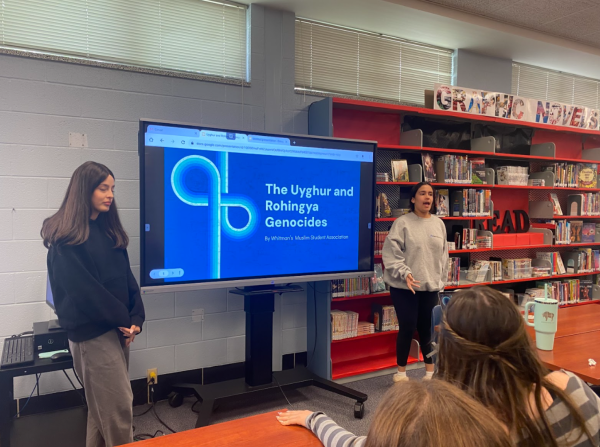University admissions influenced by race could soon be unconstitutional. A court case brought by Louisiana State University senior Abigail Fisher and St. Edward’s University senior Rachel Michalewicz claims the University of Texas rejected them because their spots were given to less qualified minority students. In September, Fisher’s lawyers filed a petition for a Supreme Court review, and legal experts predict the justices will agree to hear the case.
The Supreme Court should prohibit racial preferences in public university admissions. Instead, universities should strive to achieve diversity through socioeconomic considerations.
In Grutter v. Bollinger (2003), the most recent affirmative action ruling, the Justices upheld the right of public admissions programs to use racial preference in admissions programs in a 5-4 vote. Since then, conservative Justice Samuel Alito Jr. has replaced the more liberal Sandra Day O’Connor, setting the stage for an overturn of the Grutter ruling and the possibility of a national ban on race-based affirmative action in public university admissions.
In colleges, there’s often resentment toward minority students that seem to have been accepted because of their race, Cato Institute analyst Marie Gryphon wrote in her article, entitled “Affirmative Action Does Not Help Overcome Discrimination.” Minority students feel extra pressure to defy stereotypes about lower performance and easier admission standards.
“My Grandfather’s Son,” a memoir by Supreme Court Justice Clarence Thomas, supports this argument. Since affirmative action helped Thomas get into Yale Law School, he writes, potential employers often assumed he was unqualified and only got into Yale because he was African American. Thomas wrote that he wishes he hadn’t gone to Yale, since he feels like his degree is tainted with racial preference.
The rationale behind affirmative action in universities is to support minority students in the admissions process and promote racial diversity in the student body. Most states allow racial preferences in public university admissions. Though their intentions are admirable, a socioeconomic-based system provides a better way to achieve the same goals.
In states that ban racial preferences in admissions, public universities often implement class-based affirmative action programs, considering factors like family income, parent education and school system wealth. Such programs have produced nearly as much racial diversity as a program based solely on race, according to a 2004 study by the Century Foundation, a non-partisan, progressive think tank. Class-based programs are a good alternative to race-based programs, and all states should apply this strategy.
A class-based affirmative action program would represent students’ circumstances more than a race-based one. Students labeled as socioeconomically disadvantaged because of factors such as parents’ profession, school quality and lack of AP classes, scored on average 399 points lower on the SAT than the more socioeconomically advanced students. In contrast, the difference between black and white students was only 56 points. These findings appear in “Rewarding Strivers,” a compilation of several Century Foundation studies from the late 1990s to 2004. This finding suggests that economic challenges limit academic success more than race does.In situations where minority applicants are more affluent than white applicants, it makes no sense to award a minority student preference in the admissions process, since the white student is actually at a greater disadvantage. Indeed, President Obama has declared that his two daughters shouldn’t benefit from affirmative action because they’re so well-off.
Since the superior alternative of class-based preferences exists, the Supreme Court should prohibit race-based affirmative action once and for all.













Tupac (!) • Nov 21, 2011 at 5:58 pm
“In situations where minority applicants are more affluent than white applicants, it makes no sense to award a minority student preference in the admissions process, since the white student is actually at a greater disadvantage.”
Most supporters of affirmative action agree with this. But this is not what happens in A.A. The purpose of A.A is, if there is an economically similar or equivalent black and white student, to give preference to the black one.